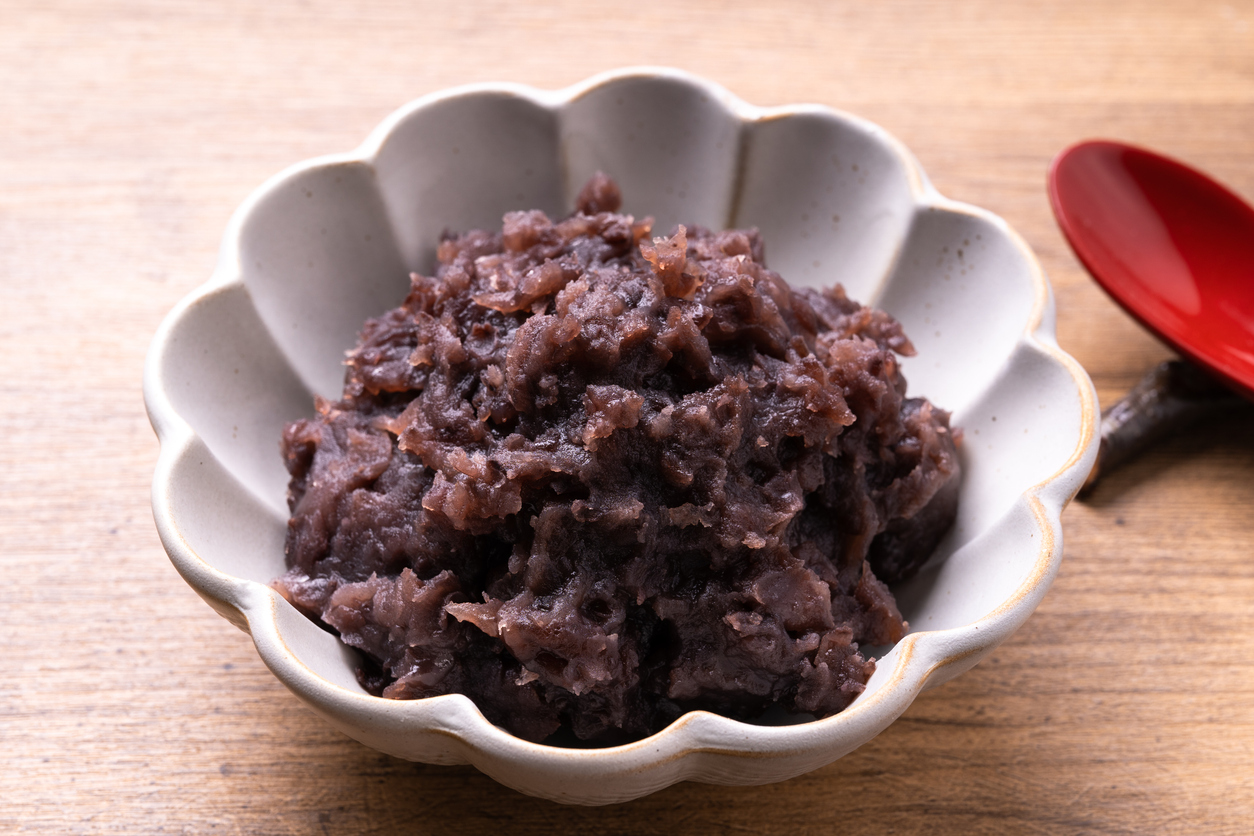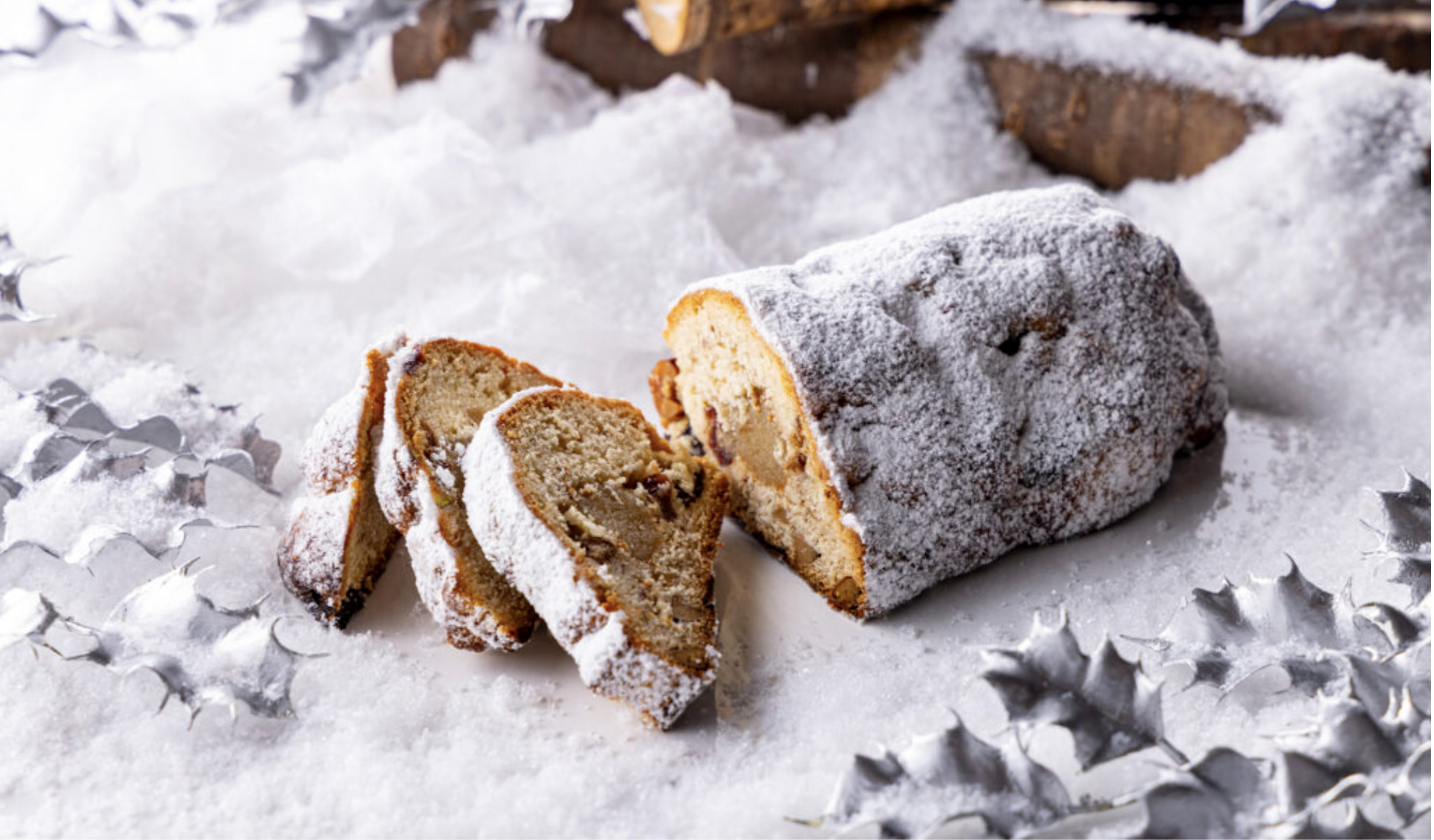When I first moved to Japan, I was concerned about my weight gain. Desserts are always on my mind, and Japanese cafes and department store food emporiums make them hard to ignore. To my pleasant surprise, I found a variety of healthy Japanese sweets low in calories and fat.
The desserts I’ll share with you here do contain sugar (they are desserts, after all). However, the ingredients used in these desserts have amazing health benefits. These range from lowering the impact of sugar on your blood sugar levels to improving your digestion. What a win!
Here are seven ingredients and common desserts made with them to keep an eye out for if you’re health-conscious.
Kanten (寒天)

Image: iStock: karinsasaki
Kanten, also known as agar, is a hardening agent used to make jellos. This calorie-free seaweed is clear in color, high in fiber and contains calcium and iron. Japanese women love to eat this when they’re looking to shed some weight but still have a sweet tooth since it’s filling, calorie-free and tasty. You can find kanten in fruit jellos or in traditional Japanese sweets such as yokan (羊羹), which is a jello made with red bean paste. This article has a few recipes for making your own kanten coffee jelly, matcha soy milk pudding and blueberry rose jelly.
Kuzu (くず)

Image: iStock: Promo_Link
Kuzu is an amazing thickening agent that’s high in fiber. It’s also known to reduce high blood pressure, regulate blood sugar and relieve tension such as in migraines and muscle cramps. One of the most common Japanese desserts using kuzu is called kuzukiri (くずきり) and looks like long clear noodles dipped in a cold sweet “soup.” It’s another filling dessert that’s amazing for your digestive system.
Simple kuzukiri desserts are available in most convenience stores and Japanese-style cafes. Kuzu is also used in some puddings, giving them a nice thick texture.
Black Sesame (黒ごま)

Image: iStock: dontree_m
Another amazing ingredient that many consider a superfood is black sesame. In Eastern holistic health, black sesame seeds are considered warming to the body, which is really important for healthy blood circulation. They’re also high in fiber, vitamin B, iron and magnesium.
If you see black sesame ice cream as an option at the parlor, definitely give it a try. It has a wonderful “nutty” taste that counterbalances the sweetness of the ice cream. Plus, since ice cream is cold, it’s great to have some warming properties from the sesame seeds themselves. As for more Japanese sweets, you’ll find black sesame in puddings—another delight with a great texture.
Azuki Beans (あずき豆)

Image: iStock: Promo_Link
We can’t have a list of healthy desserts in Japan without including azuki beans! These red beans are a Japanese favorite. They are high in fiber and low in calories, so they really fill you up. The beans are also high in protein, which helps slow down sugar absorption so you aren’t left with a big spike in blood sugar. Azuki beans are found in many traditional desserts, especially daifuku (大福) which is a round soft ball of mochi (pounded rice) filled with red bean paste. You can typically choose between tsubuan (where not all beans are blended) or koshian (where the bean paste is smooth).
Yomogi (蓬)
Click here to read more.
© Savvy Tokyo











 English (US) ·
English (US) ·